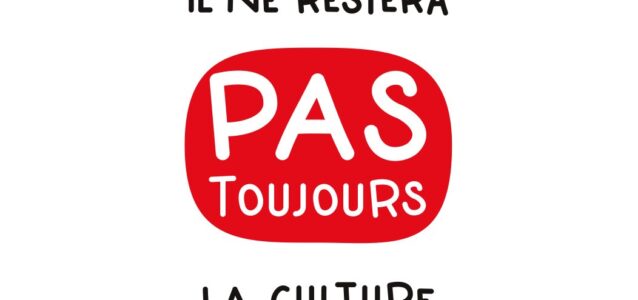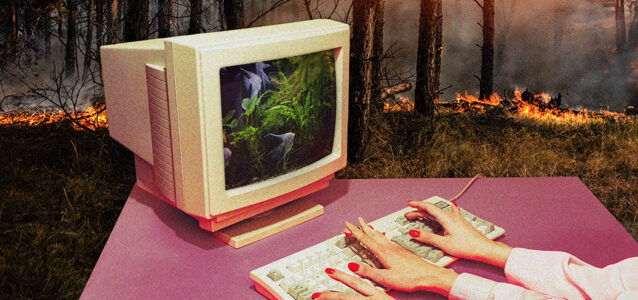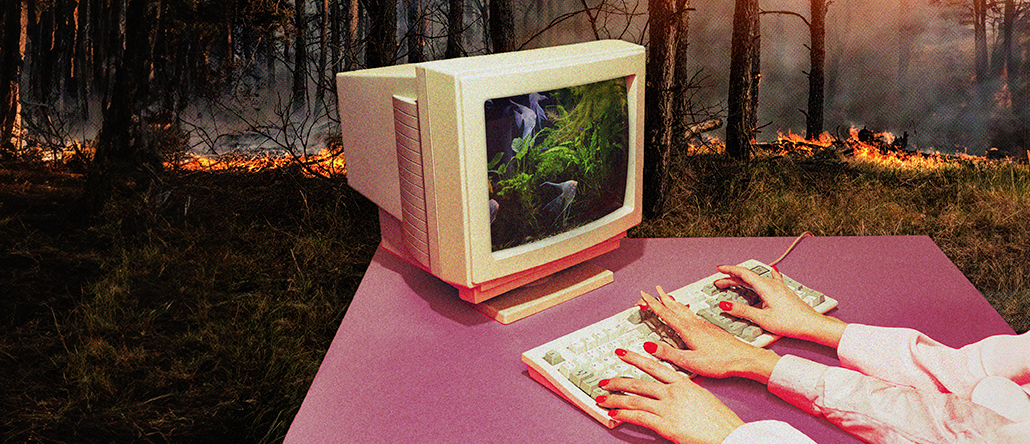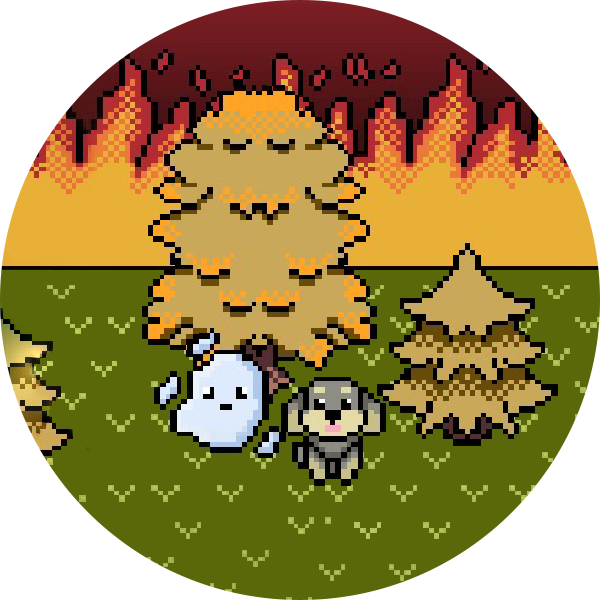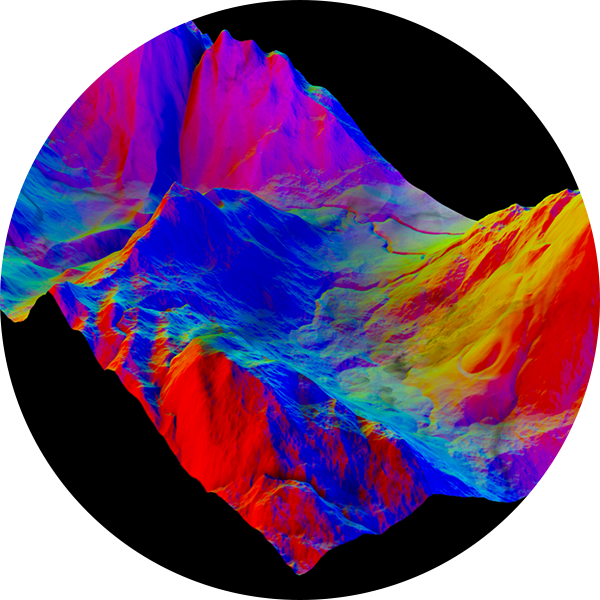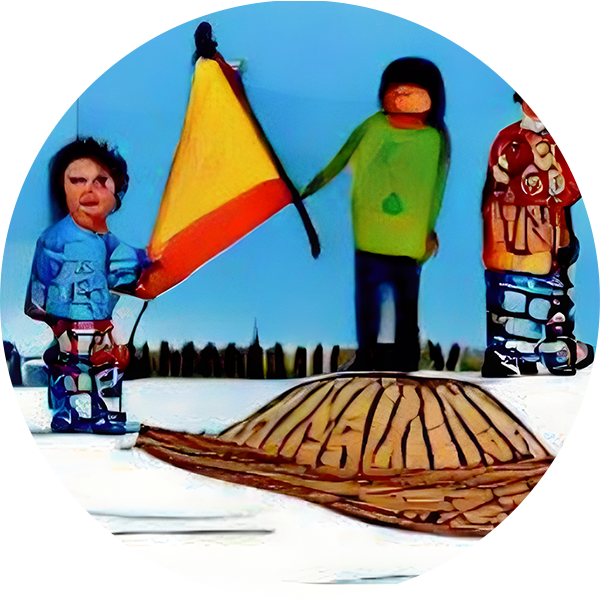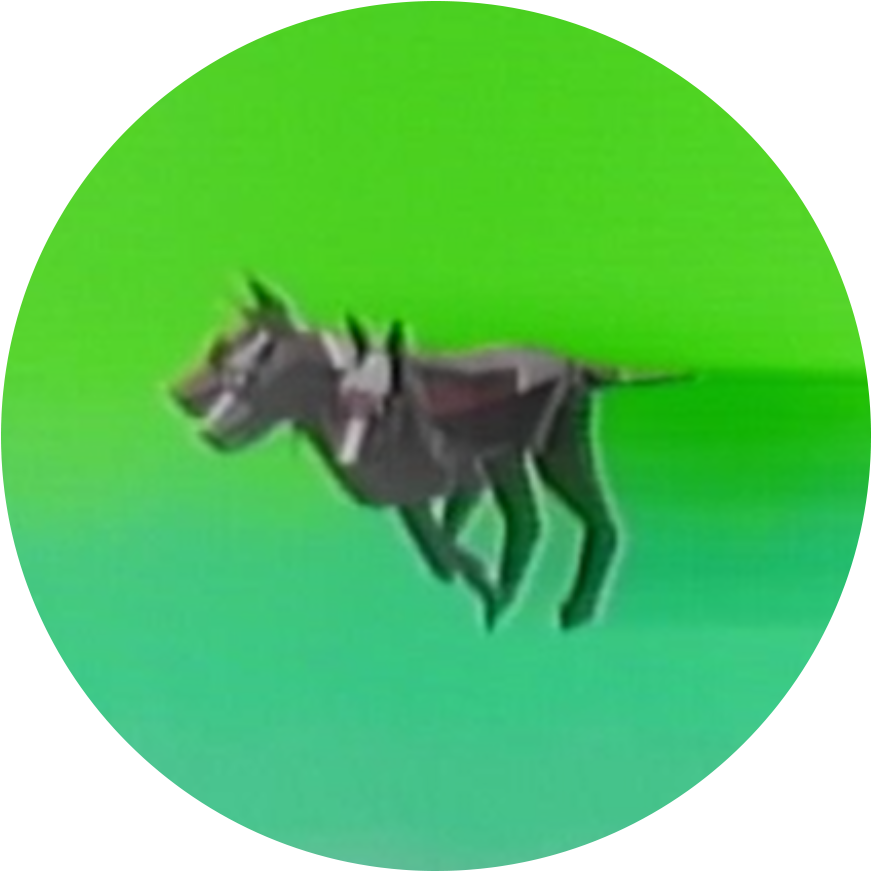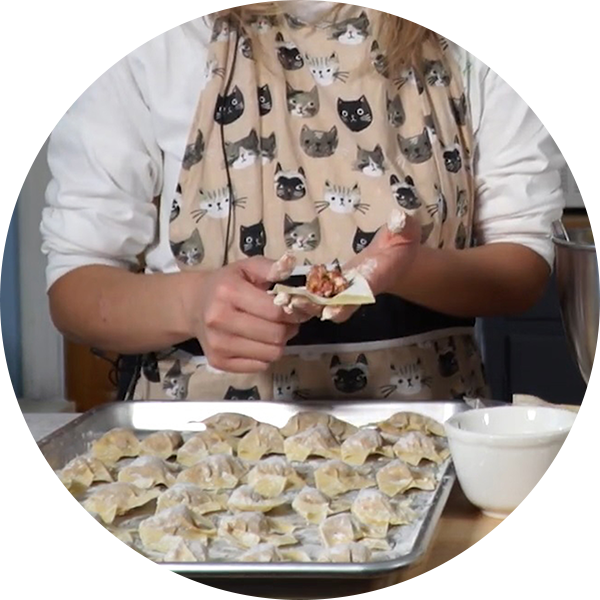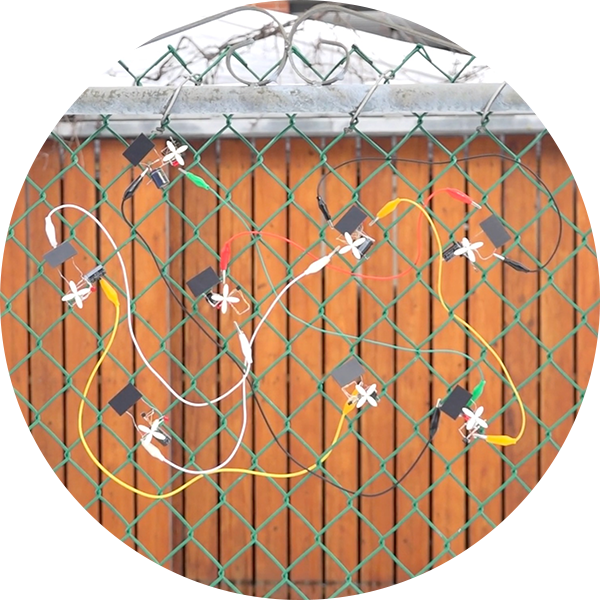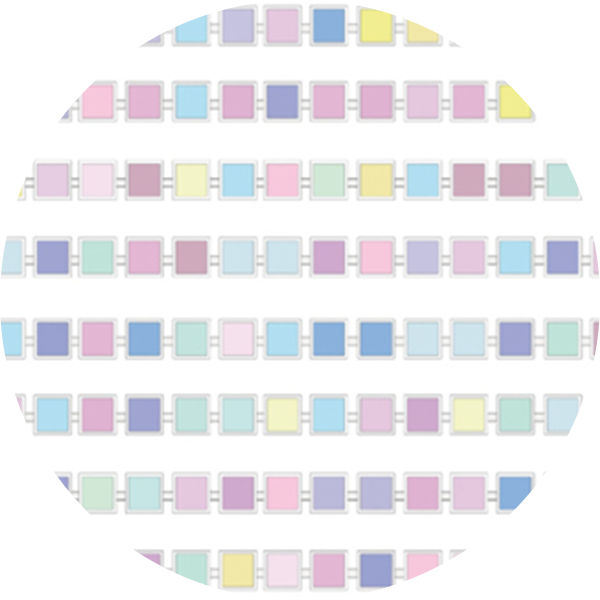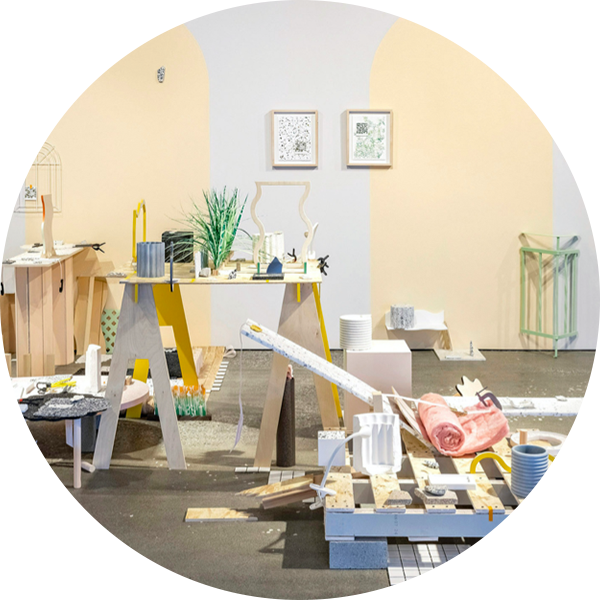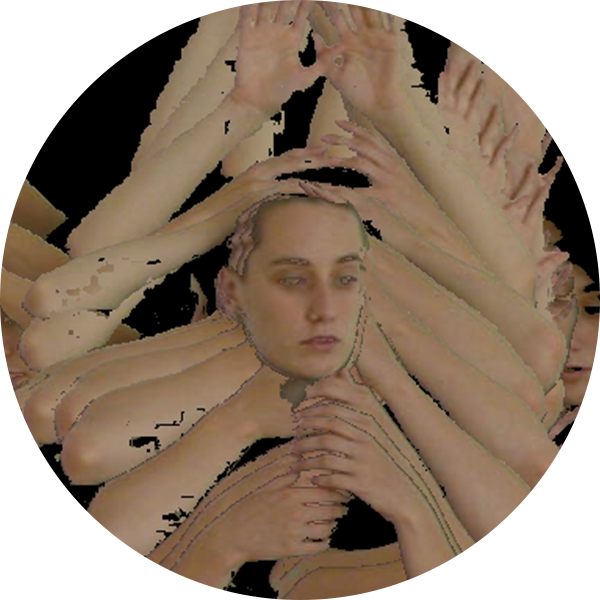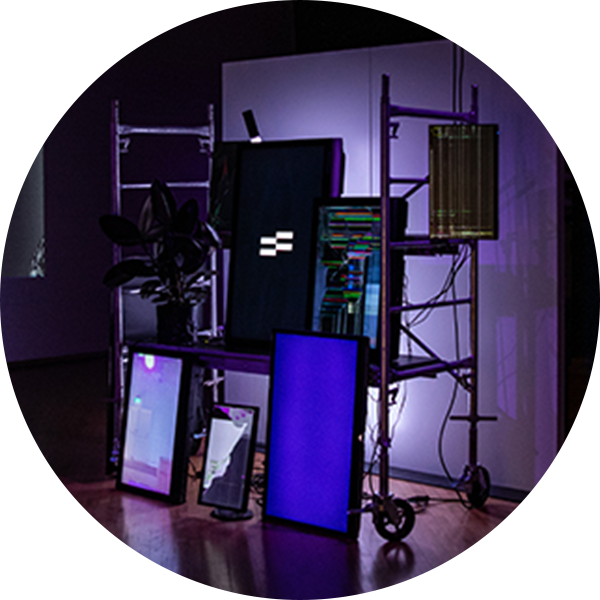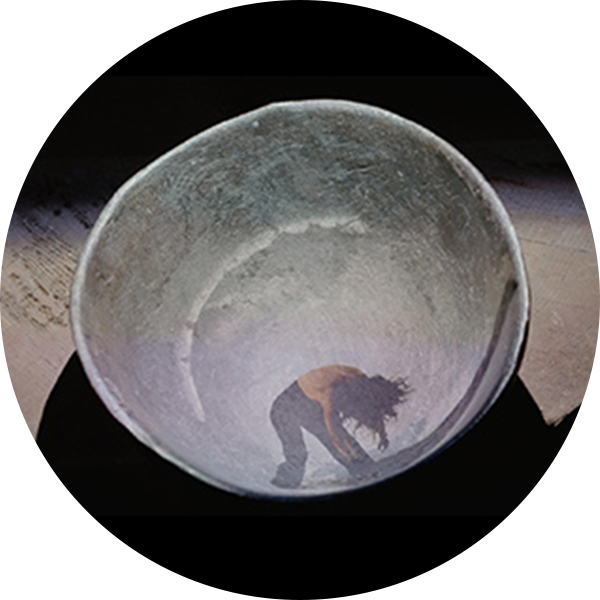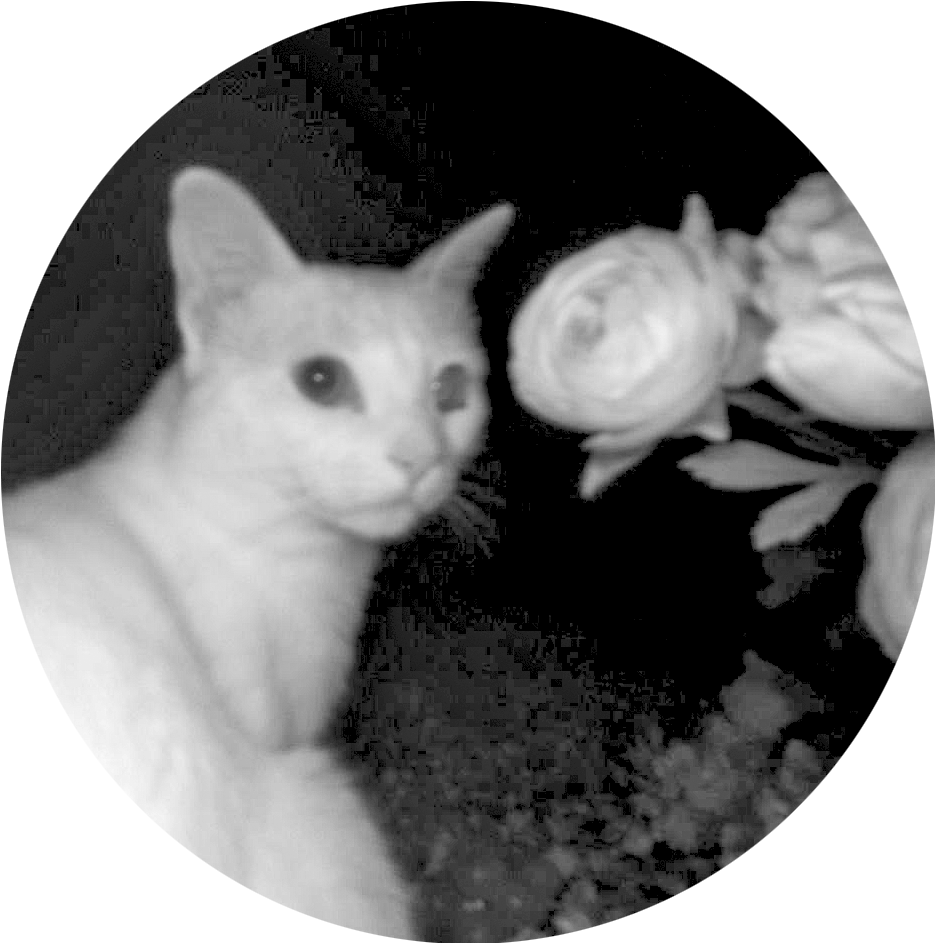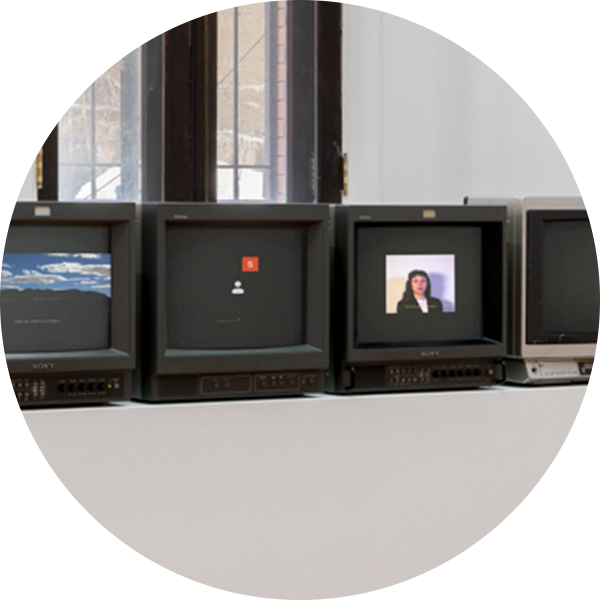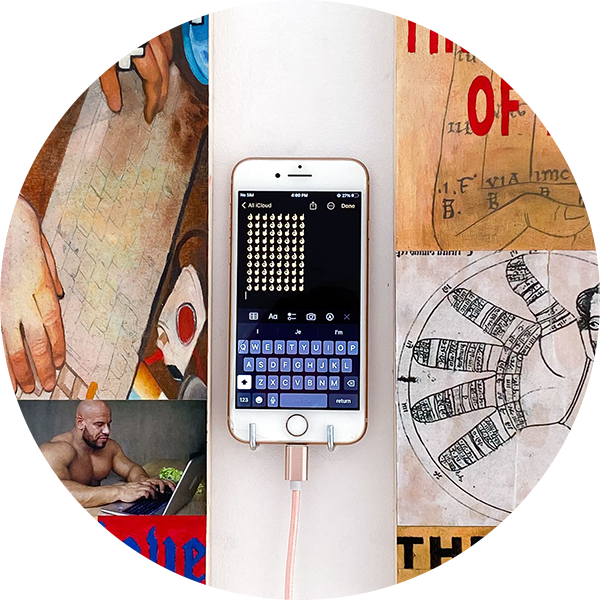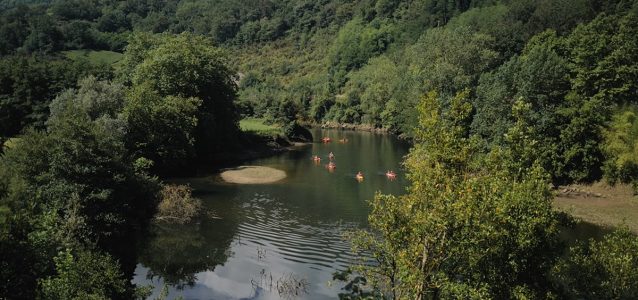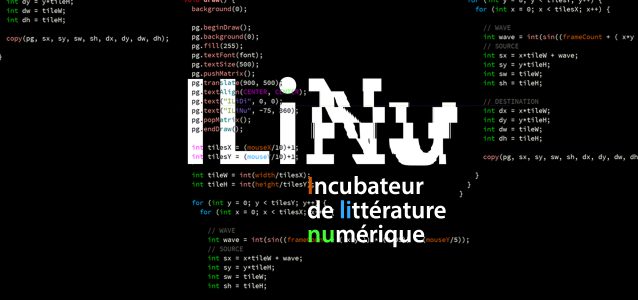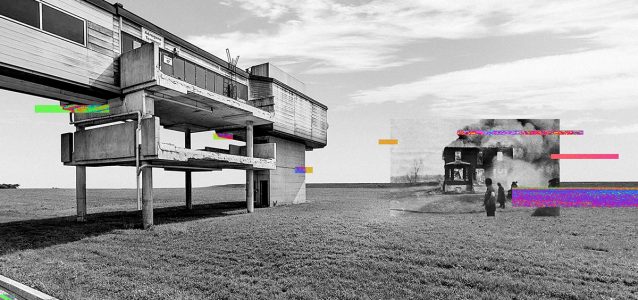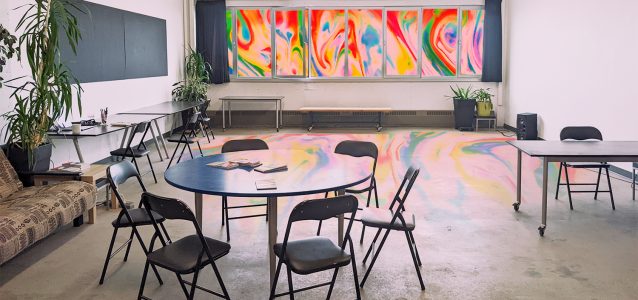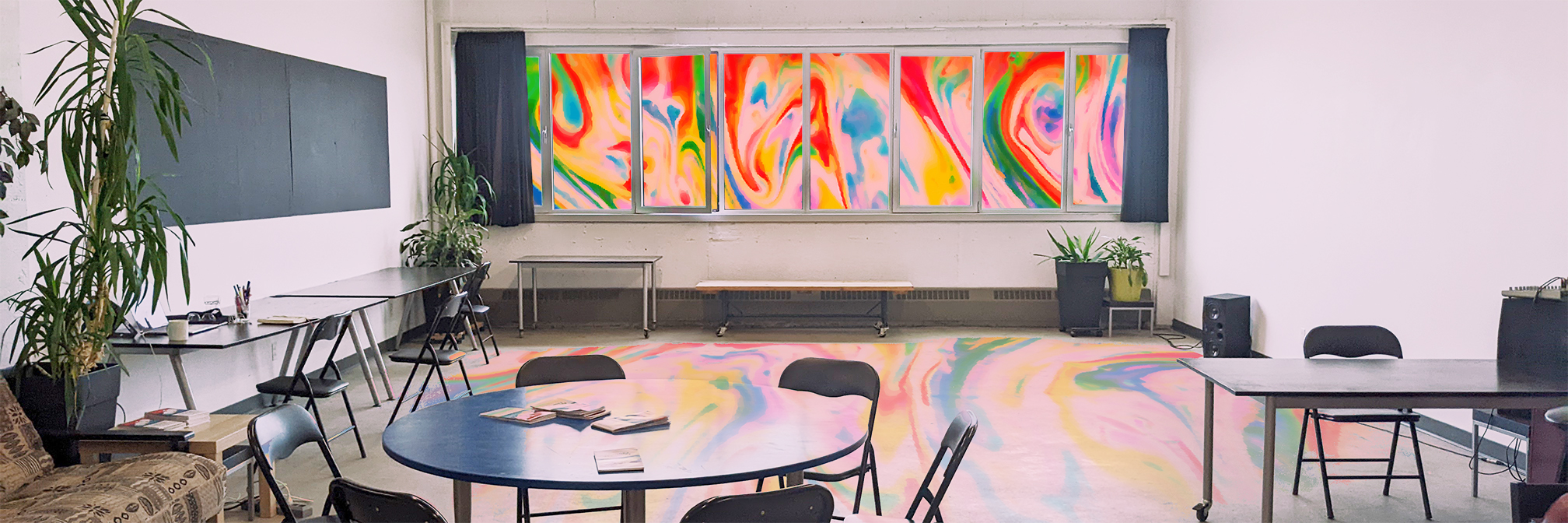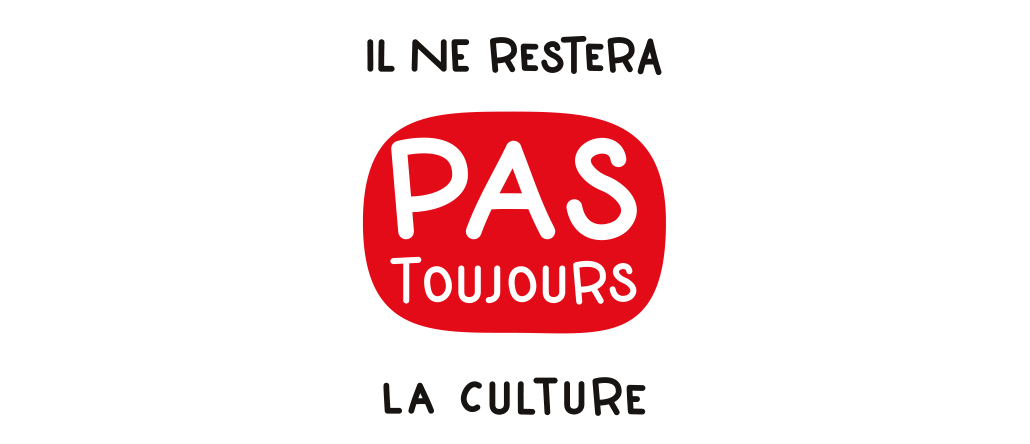
Lettre ouverte – Arts visuels, numériques, interdisciplinaires, muséologie et métiers d’arts : complémentaires et solidaires
Le devoir, 22 avril 2024
Tout à fait solidaires des inquiétudes portées par l’ensemble du milieu culturel, nos organisations sont inquiètes du manque de financement aux arts et à la culture dans le budget du Québec 2024-2025. Cette absence de fonds substantiels a un effet retentissant sur l’ensemble des artistes, artisans, artisanes, travailleurs et travailleuses culturels de nos secteurs, et sur la survie même des organismes qui les soutiennent.
Parents pauvres du milieu culturel, les arts visuels, arts numériques, arts interdisciplinaires, muséologie et métiers d’art reçoivent collectivement 4,3 % de la totalité du financement octroyé par le Conseil des arts et des lettres du Québec, et la Société de développement des entreprises culturelles, tous secteurs confondus. Au fil des ans apparaît un écart grandissant du soutien financier aux artistes, aux collectifs et aux organismes de notre secteur, alors même que la plupart des activités sont accessibles gratuitement à l’ensemble des citoyens et citoyennes, ce qui limite la capacité de développement des organisations, au profit des efforts déployés et nécessaires à l’accessibilité et au développement des publics.
Déjà affaibli par la pandémie maintes fois mentionnée, par le manque de visibilité des artistes et de leurs oeuvres, et par l’absence flagrante des arts visuels, numériques, interdisciplinaires, de la muséologie et des métiers d’art dans l’espace médiatique, notre écosystème peine à améliorer et à offrir des conditions de travail décentes aux artistes et aux organismes qui les diffusent et les soutiennent. Cette situation demeure l’une des plus précaires dans l’ensemble du milieu culturel.
Pourtant, nos secteurs ont une contribution culturelle, économique et sociale parmi les plus importantes et les mieux représentées sur l’ensemble du territoire québécois. Ils facilitent tant l’intelligence créative et la diversité des pratiques artistiques que l’économie locale, le tourisme ou la création d’emploi. Et, à l’instar de l’ensemble du milieu culturel, ils stimulent la fierté et le sentiment d’appartenance à la société québécoise.
Sa principale caractéristique figure dans un écosystème articulé en une courte chaîne de création de la valeur économique. En arts visuels, numériques, interdisciplinaires et en métiers d’art, la plupart du temps, les mêmes personnes remplissent toutes les fonctions de la chaîne. Les artistes, artisans et artisanes sont à la fois des créateurs et des créatrices qui conceptualisent et fabriquent, des producteurs et des productrices et des diffuseurs qui exposent et vendent eux-mêmes une grande partie de leur production.
Et ce sont aussi elles et eux qui effectuent les fonctions de gestion et de formation, qui dans une chaîne longue sont occupées généralement par des travailleurs et des travailleuses culturels : enseignement, diffusion, médiation, gestion, vente, etc. De ce fait, il y a relativement peu d’organismes de soutien dans notre secteur, ce qui a une incidence directe sur l’économie du domaine.
Face à ces considérations spécifiques, nos organisations appuient les revendications collectives du milieu culturel, et demandent une augmentation importante des budgets de la Culture au Québec, créatrice de valeur et d’identité collective. Elles s’attendent également à un soutien économique plus adapté aux réalités vécues par le secteur des arts visuels, des arts numériques, des arts interdisciplinaires, des métiers d’art et de la muséologie.
Catherine Bodmer, Camille Cazin, Stéphane Chagnon, Anie Deslauriers, Sonia Pelletier et Julien Silvestre
Les signataires sont respectivement : directrice générale du Regroupement des centres d’artistes autogérés du Québec — RCAAQ ; directrice générale du Regroupement des artistes en arts visuels — RAAV ; directeur général de la Société des musées du Québec — SMQ ; directrice générale de l’Association des galeries d’art contemporain — AGAC ; directrice générale du Regroupement de pairs des arts indépendants de recherche et d’expérimentation — REPAIRE ; directeur général, Conseil des métiers d’art du Québec — CMAQ.
Lire la lettre ouverte sur ledevoir.com
15 M$ au CALQ: apport nécessaire, mais insuffisant
Montréal, le 15 mai 2024 – Le Conseil des arts et des lettres du Québec (CALQ) recevra 15 millions $ supplémentaires pour son programme de soutien à la mission.
Le Front commun pour les arts et les lettres attendait avec impatience l’annonce du ministre de la Culture et des Communications, Mathieu Lacombe, concernant l’augmentation nécessaire du budget du Conseil des arts et des lettres du Québec (CALQ). Nous apprenions hier l’octroi d’une somme supplémentaire de 15 millions de dollars au programme de soutien à la mission du CALQ pour l’exercice 2024-2025.
Cette somme provient d’une réallocation de fonds issus du portefeuille du ministère de la Culture et des Communications et aura pour effet de ramener temporairement le programme de soutien à la mission au niveau de l’exercice budgétaire précédent.
Bien qu’il démontre une certaine écoute de la part du ministre de la Culture, cet effort de rectification budgétaire demeure une réponse incomplète au besoin d’investissements nécessaires pour soutenir la vitalité du milieu culturel québécois et en conserver les acquis. Rappelons que les organisations visées par cette annonce n’avaient pas vu leur financement être consolidé depuis 7 ans, et qu’elles doivent maintenant composer avec d’importantes hausses de coûts dues, notamment, au contexte inflationniste et à la pénurie de main-d’œuvre.
De plus, cet ajustement laisse de côté les artistes et tous les organismes non soutenus à la mission qui sont au cœur de la mobilisation des dernières semaines et dont la précarité ne cesse de s’accentuer. Par conséquent, nous maintenons que l’annonce d’hier est perçue comme un premier pas vers un redressement significatif des fonds alloués à l’ensemble des programmes réguliers du CALQ.
Depuis des mois, voire des années, le milieu des arts et des lettres témoigne sans relâche des effets de son sous-financement. Les revendications des organismes et des individus sont documentées. Les besoins sont urgents. Ces sommes annoncées au compte-goutte signifient que les enjeux majeurs qui affligent le secteur des arts et des lettres ne sont pas reconnus et illustrent le manque de vision à long terme du gouvernement face au développement de notre secteur. Il nous apparait inconcevable de devoir encore démontrer les retombées économiques, sociales et identitaires de la culture à un gouvernement nationaliste qui pourtant affirme en reconnaitre la valeur. Le Front commun réclame une consolidation du budget du CALQ et l’instauration du principe d’indexation systématique de ses programmes.
Le 16 mai 2024, les artistes, créateurs, artisans, travailleurs culturels, amoureux de la culture et fidèles partenaires seront à nouveau présents devant le bureau du ministre pour continuer à protéger avec passion et dévouement la culture québécoise.
À propos du Front commun pour les arts et les lettres
Le Front commun pour les arts et les lettres est un regroupement d’organismes dont le principal objectif est de sensibiliser le gouvernement à l’interdépendance des différents maillons du secteur des arts et des lettres et à l’urgence d’effectuer le rattrapage financier nécessaire à leur développement.
Communiqué de presse du Front commun pour les arts et les lettres – 15M$ au CALQ (PDF)
